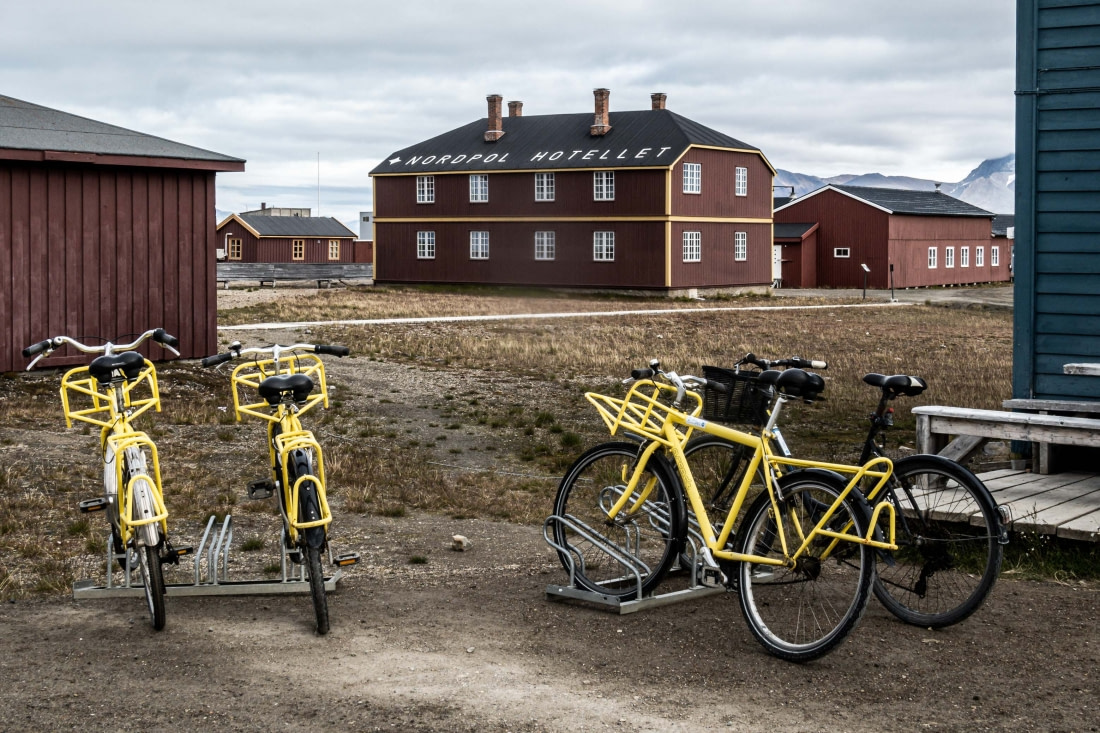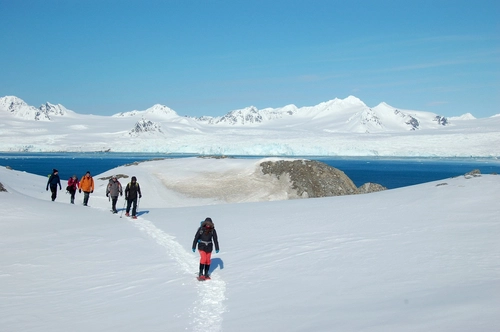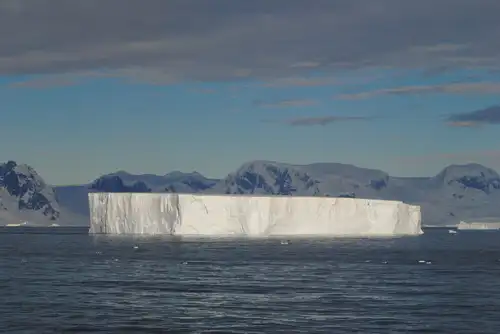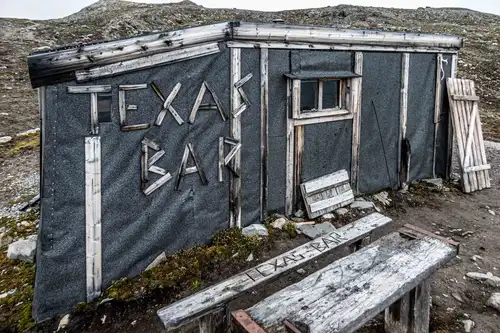It’s easy to assume the Arctic is uniform, a vast expanse of northern freeze shaped by snow, ice, and endless darkness.
However, this is far from true. The Arctic is unique in every location.
A common comparison is between Svalbard and the Canadian Arctic. While Svalbard is a favorite expedition area explored for over thirty years, trips to the Canadian Arctic are not offered.
Nevertheless, here is a comparison.
Svalbard vs. Canadian Arctic wildlife
Svalbard is renowned for its rich and diverse wildlife. The polar bear is perhaps the most famous, but Svalbard also hosts walruses, Arctic foxes, reindeer, seals, whales, and various seabirds like puffins, kittiwakes, and little auks.
The Canadian Arctic also supports many of these animals, though their presence varies by location. While Svalbard has reindeer, musk oxen are exclusive to Canada (and Greenland). Belugas and bowhead whales can be seen in both regions.
So far, the differences are minimal. Let’s delve deeper.

Svalbard vs. Canadian Arctic scenery
The Arctic's landscapes and ice formations are as captivating as its wildlife. Svalbard features colossal glaciers, snowy mountains, and rugged fjords. The archipelago also has expansive bays with icebergs, colorful tundra, and striking cliffs like Alkefjellet, a paradise for birders. The Gulf Stream makes the weather milder than other regions at the same latitude.
The Canadian Arctic, with its diverse and harsh climate, encompasses more varied ecosystems, including taiga or boreal forest, the largest land biome on Earth. Beyond that, much of the Canadian Arctic's landscape and ice resemble Svalbard. Both regions experience the midnight sun and northern lights due to their latitude.
We are starting to see more differences. Let's examine one more area.

Svalbard vs. Canadian Arctic remoteness and population
This is where things get interesting.
If you seek true isolation, Svalbard is the place. With a population of around 2,500, polar bears outnumber humans by 500 to 1,000. This necessitates unique rules, such as keeping car doors unlocked for quick escapes from bears. Most inhabitants are miners and researchers, with a few service industry workers. It's one of the most off-the-grid places.
The Canadian Arctic, in contrast, is more developed and populated. While it becomes sparser further north, Inuit communities have lived there for generations. They are not typically miners, researchers, or service workers but live in ways relatively unchanged compared to less isolated southern settlements. This is not the case in Svalbard.

So how different are Svalbard and the Canadian Arctic really?
As stated initially, every Arctic area is distinct, but the differences are often in the details.
Svalbard and the Canadian Arctic offer different experiences for expedition travelers. Svalbard has a higher density of polar bears, while the Canadian Arctic is the only place to see taiga between the two.
Both regions have similar scenery, but their remoteness and populations are unique. Svalbard’s settlements revolve around mining and research, with traditional resident populations only recently emerging. The Canadian Arctic has been home to Inuit and other peoples for thousands of years.
To truly understand the differences, you must visit both. We encourage you to embark on an adventurous Arctic Svalbard cruise, where you’ll have the best chance to see polar bears and many other amazing animals and locations.
Then take a trip to the Canadian Arctic and share your thoughts!
Main image by Sara Jenner





Related Trips
Blog



Guidelines for visitors to Antarctica

Danger Beneath the Water: 10 Facts About Leopard Seals

Book Recommendations for Your Polar Cruise

What the ice reveals about Antarctica

Birding Opportunities Abound in Spitsbergen

The secrets of Antarctic seals revealed

Shackleton’s Long-Lost Endurance Discovered in Antarctica

Arctic and Antarctic Basecamp Cruises – Choose Your Own Adventure

10 Terrific Antarctic Bird Facts

Spitsbergen: a true polar bear trip

Taking a polar expedition cruise delivers no shortage of show-stopping highlights, but one of the most exhilarating is lifting off from the ship in a helicopter and taking flight over the incomparable Antarctic wilderness.

Svalbard’s Texas Bar

International Polar Bear Day

12 Things to Do in Antarctica

Top 10 Antarctic Attractions

Five Reasons Why Snowshoeing is a Perfect Polar Activity

Penguin Wisdom: Life Lessons from Our Favorite Flightless Birds

The Eight Great Penguin Species of Antarctica

15 Fantastic Photos of Antarctica






 8 Days / 7 Nights
8 Days / 7 Nights





